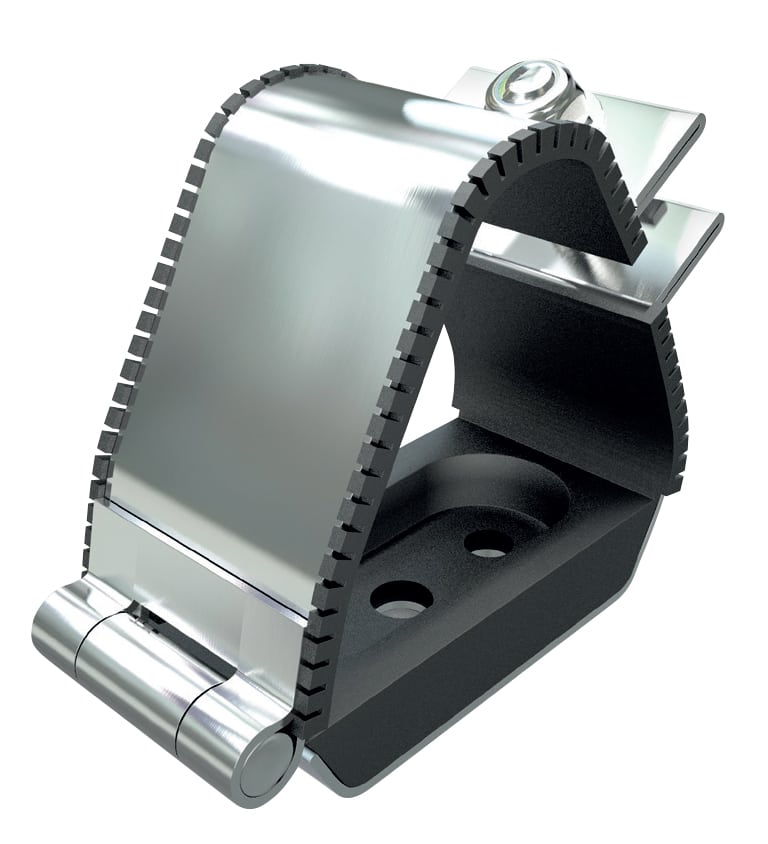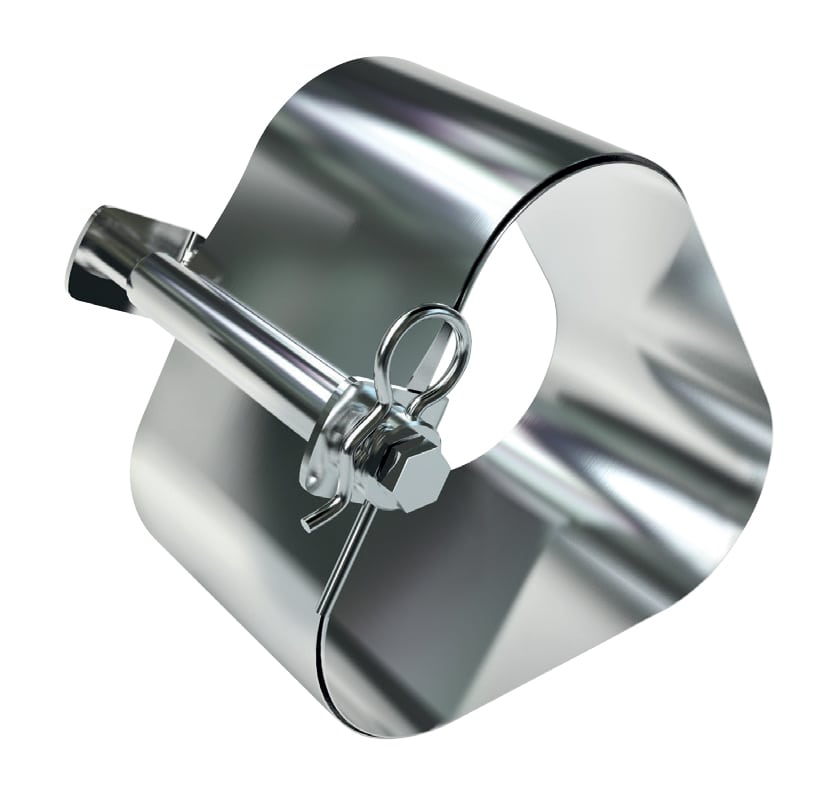- Home
- Cable Glands
-
Cable Cleats
Technical
- Certificate Downloads
- Cable Cleat Accessories
- Cable Cleat Nut Spacer
- Cable Cleat Selection
- Cable Formations
- Recommended Cleat Spacings
- Catalog Downloads
- Cleat Fixing Packs
- Fire Performance
- Galvanic Corrosion
- Good Installation Practices
- How To Order
- Intermediate Restraints
- Materials
- Product Downloads
- Product Overview
- Resistance Classifications
- Twin arc profiles
- What is a Cable Cleat?
- What is a Short Circuit?
- Why use a Cable Cleat?
- Thread Conversions & Accessories
- CMP World
Log In | The cable gland, cable cleat and accessories specialist | Call us today on +1 281 776 5201


